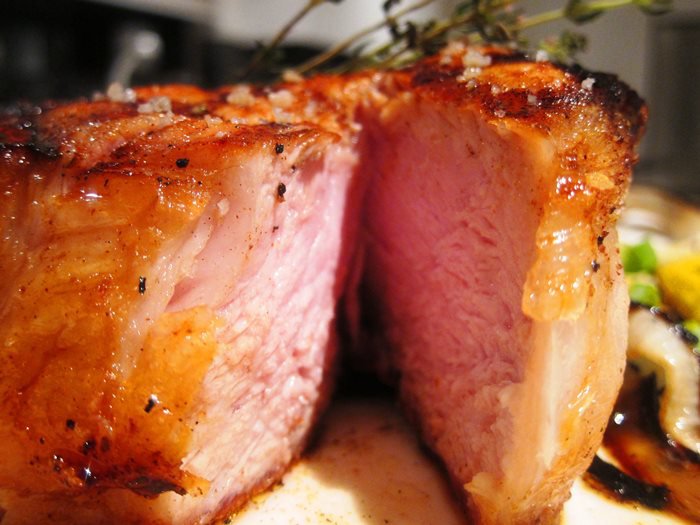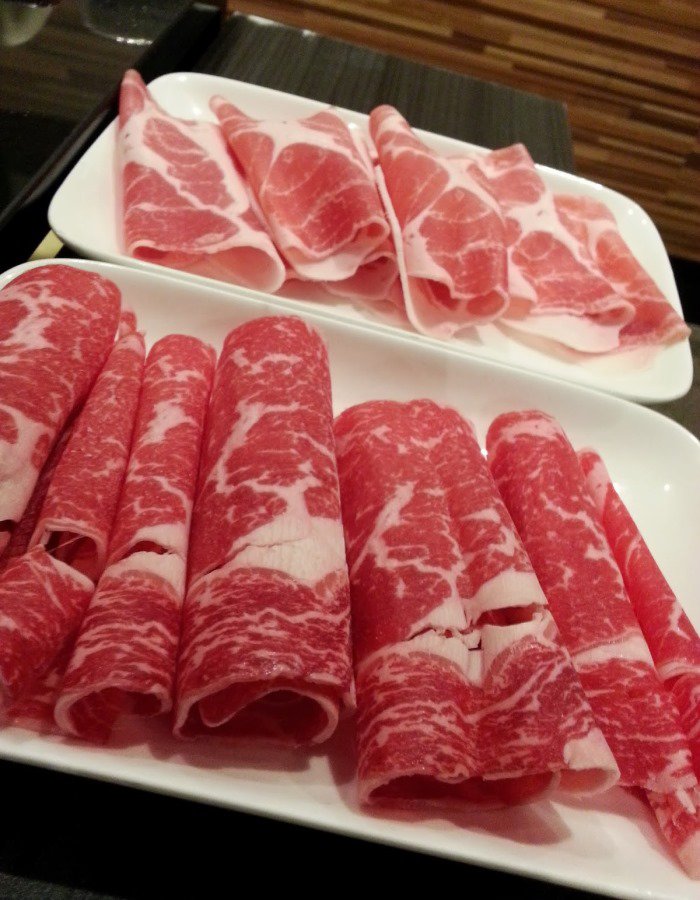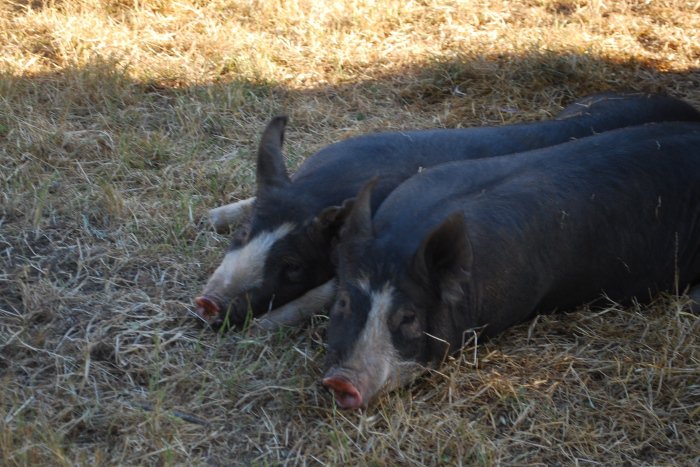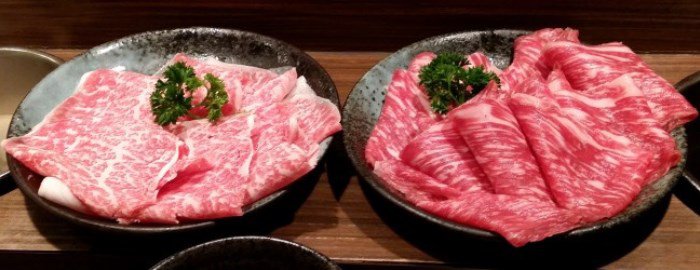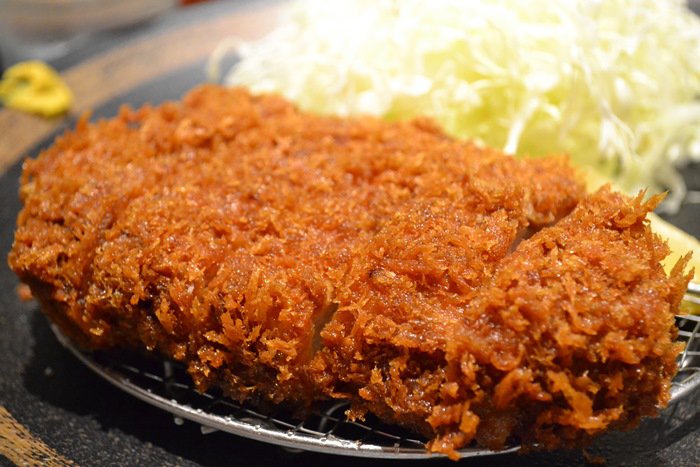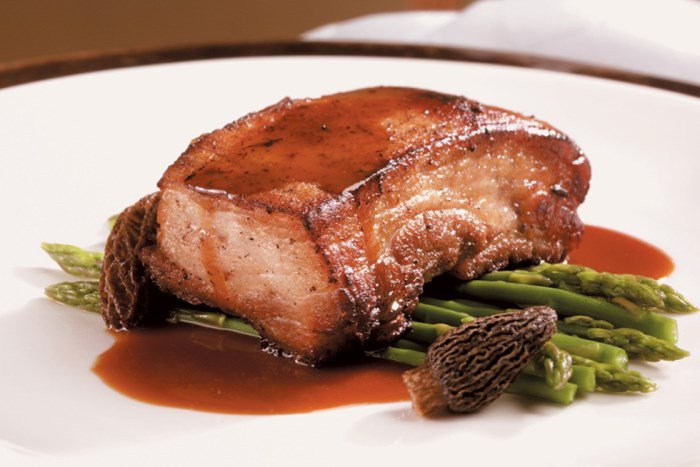[Kurobuta] kuro means black and buta means pig, or simply “black pig”
ORIGINS
With all due respect to Wilbur from E.B. White’s famous children’s classic Charlotte’s Web, the kurobuta is indeed “some pig.”To be more precise, it is indeed some pork. Unlike commercial pork, which lends itself favorably to a variety of sauces, kurobuta has its own intrinsic and distinctive sweetness.
Despite the obviously Japanese name, korubuta traces its lineage to an altogether different group of Isles. The story has it that Oliver Cromwell and his troops discovered this amazing porcine breed while stationed in Reading during the English Civil War (1642-1651). Specifically, the pig they found was from the Black Berkshire variety. In fact, kurobuta means “black pig” in Japanese.
The English royals were said to have kept a herd of the Black Berkshire at the Castle of Windsor, and some of these pigs were brought to Japan by British diplomats as a gift in the 19th century.
This incident most likely occurred during the Meiji Era, when feudal Japan began opening its doors to the outside world. Much like the story of wagyu beef, it seems that Japanese farmers embraced the black hog as their own, and developed a unique breeding program that would eventually produce what is now celebrated by gourmands all over the world as the most succulent pork you will ever taste.
WHAT’S SO SPECIAL ABOUT KUROBUTA?
Sweetness and juiciness are two factors that distinguish kurobuta from run-of-the-mill pork. This sweetness and rich flavor come from the high levels of intramuscular marbled fat – the very thing that pork producers have dramatically removed to produce pork that can be marketed as “the other white meat” for the health-conscious.This high degree of subcutaneous marbling is a result of special breeding techniques that are not very different from those applied to raising wagyu cattle.
The only difference, perhaps, is that there is no massaging of the pig with sake as is the case with wagyu.
HOW KUROBUTA PORK IS PRODUCED
Ever heard of the saying “you are what you eat”? This is literally true for pigs because of the peculiar manner their bodies store fat. Instead of being processed, the fat is deposited directly into the muscle. Therefore, the pork produced from pigs fed on oats and corn will taste of oats and corn. Of course, this simply adds to the natural taste of kurobuta pork.
Depending on the techniques unique to each heritage farmer, the pigs may get peanuts, apples, clover, or even milk as dietary supplements. The use of antibiotics and hormones is frowned upon while humane farming techniques are encouraged.
Unlike industrial pigs raised in confinement, the Berkshires are free to roam and grow at their own pace. This is another secret behind the lush flavors of kurobuta: a stress-free lifestyle.
Compared with commercial pork, kurobuta pork is darker and redder in color because of the thick layers of back fat that develops from a life spent outdoors. During the cold winter months, the hogs developed more of this fat to “tough” it out, and keep themselves warm. This back fat contributes to the flavor and sweetness of kurobuta pork.
KUROBUTA DISHES
Like wagyu beef, because of the intense marbling, the way to prepare juicy and succulentkurobuta pork is to not overcook it.
The good news, however, is that unlike wagyu,kurobuta lends itself more favorably to heat. For roasts, keep the temperature at about 375 degrees F (190.5 degrees Celsius) for about 20 minutes per pound until the meat thermometer indicates an internal temperature of 145 degrees F.
Let the roast rest for another 20 minutes before slicing into pork chops, during which time the pork’s temperature will rise by five degrees.
Some prefer to sear the chops, flipping them every few minutes, to get a crispy crunchy crust on the outside while sealing the pork’s moisture and juiciness on the inside.
With kurobuta pork, you don’t need much seasoning or thick barbeque sauce, the best way to savor it is to eat it on its own, with perhaps a dash of salt and pepper.
A traditional Japanese favorite is to eat it tonkatsu style – sliced thin, breaded and deep-fried, for which Kagoshima kurobuta pork comes highly recommended by top chefs in the preparation of this dish.
But if you’re not much of a cook but would nevertheless like to try your hand at whipping up your own kurobuta dish, having kurobuta shabu shabu will prove to be both an engaging and delectable experience.

